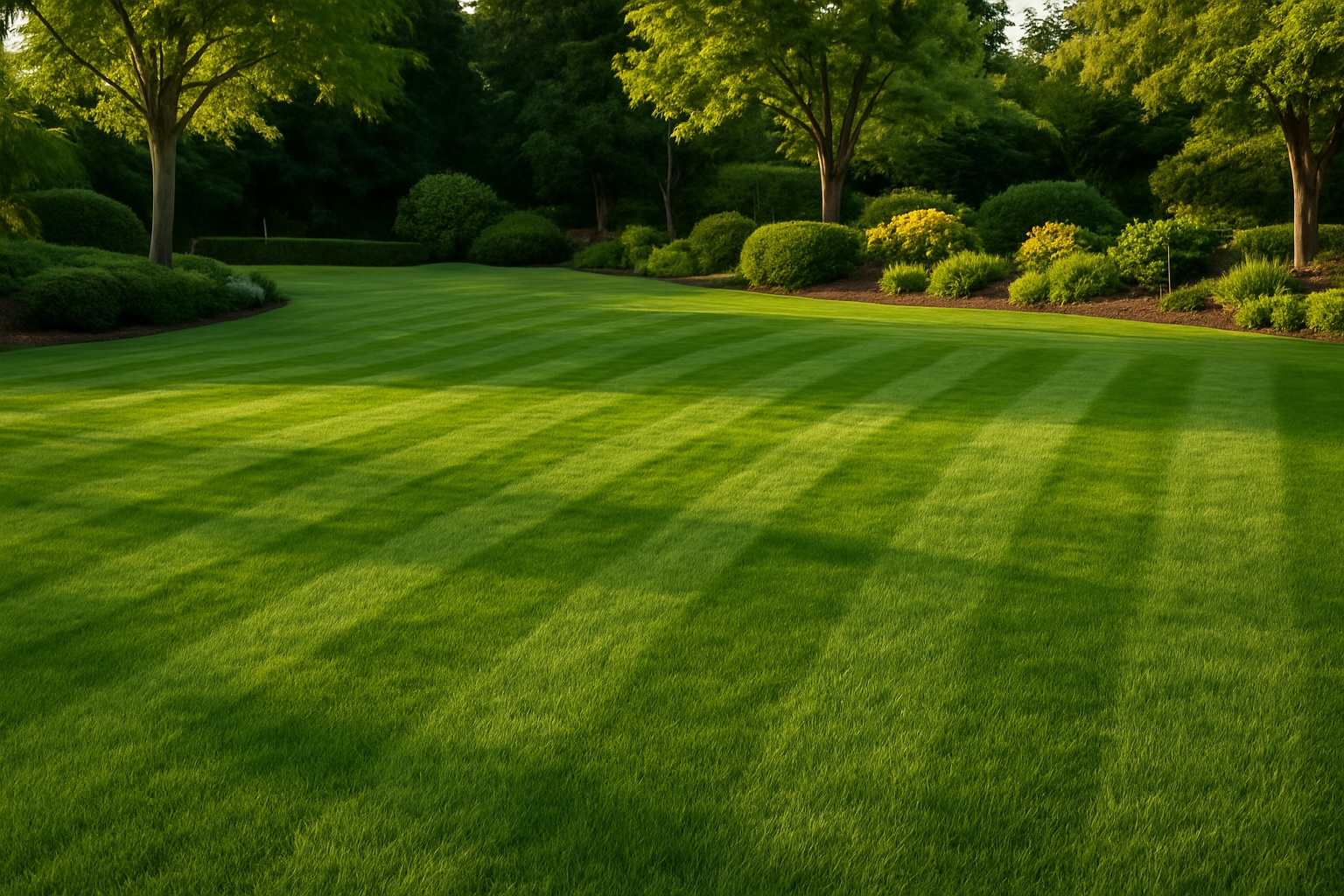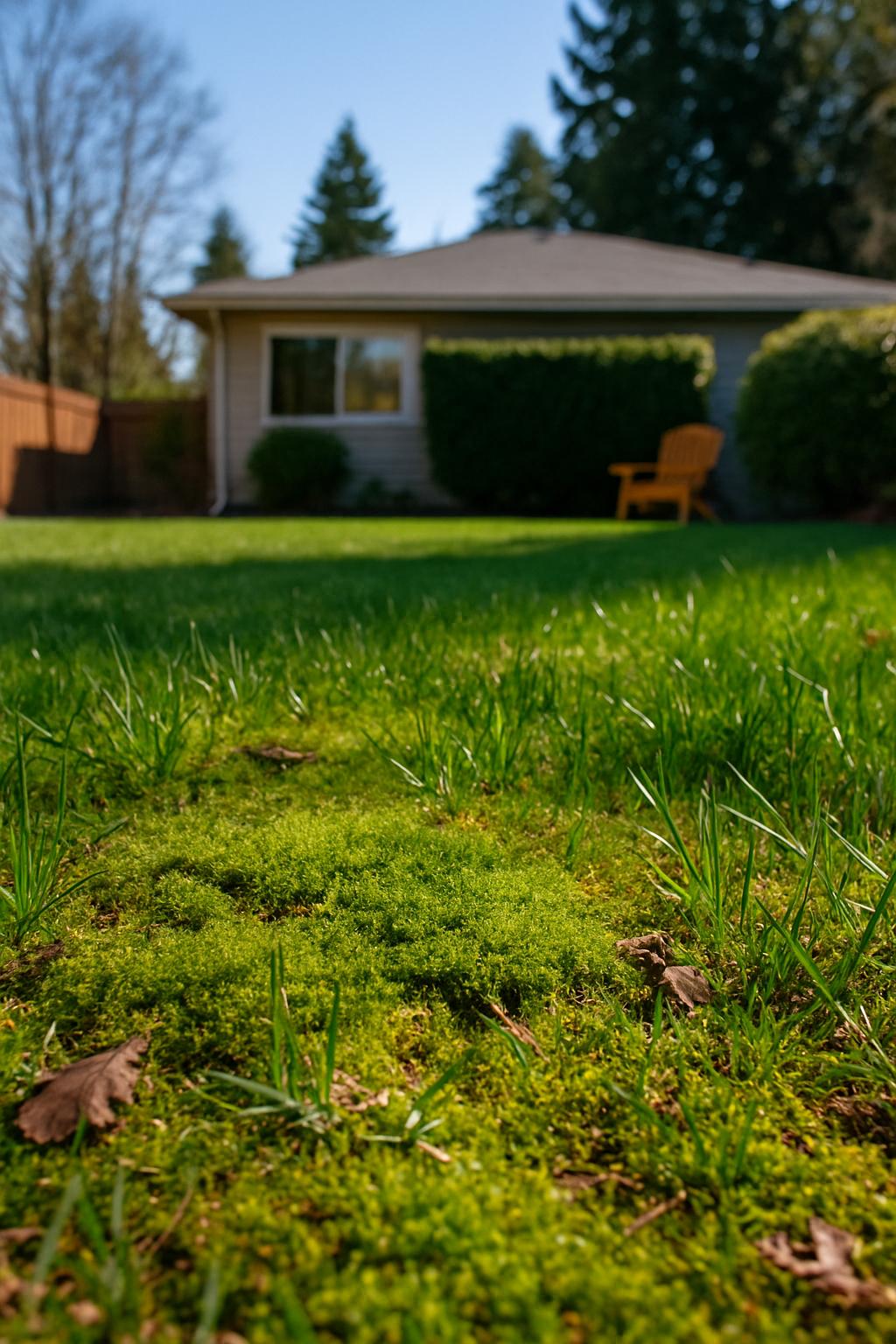
Bellevue’s spring weather is perfect for cool-season grasses, but healthy lawns require more than just watering and fertilizer. Mowing is one of the most important steps for lush, resilient grass throughout the Pacific Northwest growing season. Here’s how to master mowing your fescue, ryegrass, or bluegrass this spring!
Understanding Cool-Season Grasses
Most Bellevue lawns feature cool-season grasses like perennial ryegrass, fine or tall fescue, and Kentucky bluegrass. These types thrive in our mild, wet climate, growing fastest in spring and fall. Their vigorous growth means mowing is crucial for keeping them dense and healthy.
Best Mowing Heights and Frequency
- Ryegrass and Fescue: Keep blades at 2.5–3 inches. Taller grass shades roots, helps outcompete weeds, and improves drought tolerance.
- Kentucky Bluegrass: 2–2.5 inches is ideal, though you can go up to 3 inches in summer for extra protection.
- Mowing frequency: Plan to mow weekly in spring when growth is rapid, but avoid removing more than 1/3 of the blade length at once.
When to Start Mowing in Spring
As soon as your lawn begins growing and the soil is no longer soggy, it’s time for the season’s first mow. This is often late March or early April in Bellevue. Be sure the ground is firm—mowing on wet soil can cause ruts and compaction.
Proper Mowing Techniques for a Healthy Lawn
- Alternate your mowing direction each time to prevent ruts and encourage upright growth.
- Never scalp the lawn—leaving grass taller encourages deeper roots and shades out weeds.
- Leave clippings on the lawn (“grasscycling”) to return nutrients to the soil and reduce fertilizer needs.
- Mow when the grass is dry to avoid clumping and spread of disease.
Mower Maintenance Tips
- Sharpen mower blades at least once each spring for a clean, even cut.
- Keep mower blades set to the correct height and avoid mowing too low.
- Clean your mower after each use to prevent spreading fungal spores or weed seeds.
- Always mow with proper footwear and safety gear.
Troubleshooting: Common Mowing Mistakes
- Scalping: Cutting grass too short stresses it and allows weeds to take over.
- Irregular mowing: Skipping weeks leads to overgrown lawns and tough, brown clippings.
- Dull blades: Tear the grass, leaving brown tips and increasing disease risk.
- Mowing wet grass: Can lead to uneven cuts, clumping, and soil damage.
Related Resources
Consistent, careful mowing is the secret to a vibrant, green Bellevue lawn all season. Happy mowing!



